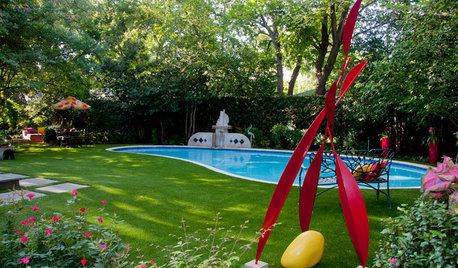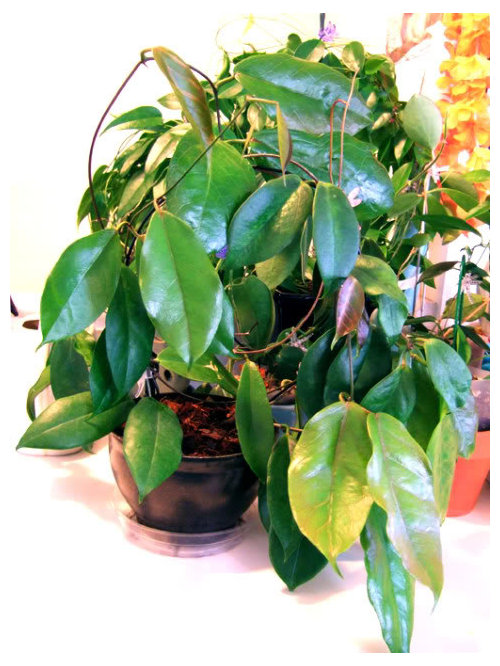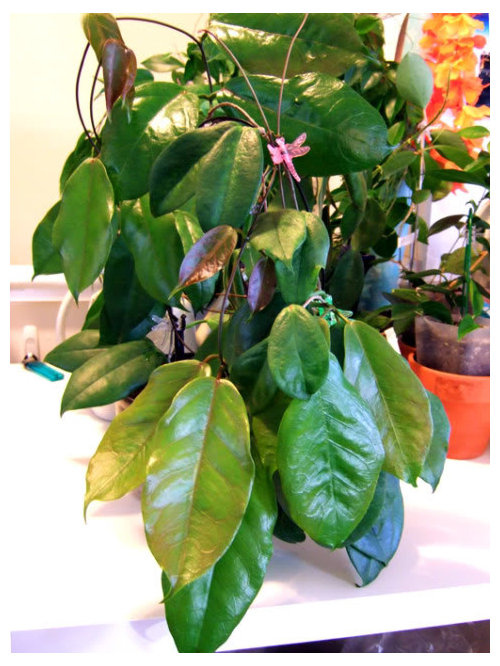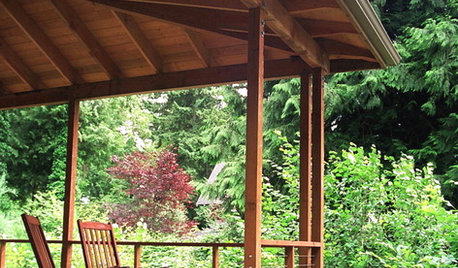Just a few pics
quinnfyre
12 years ago
Related Stories

DREAM SPACESJust a Few Things for the Dream-Home Wish List
A sunken hot tub, dedicated game room, tree house, hidden wine cellar and more. Which of these home luxuries would you like best?
Full Story
MOST POPULARA Few Words on the Power of Simplicity
An architect considers a pared-down approach to modern home design
Full Story
COFFEE WITH AN ARCHITECTA Few Things I Would Like to Ask Frank Lloyd Wright
It could take a lifetime to understand Frank Lloyd Wright's work — less if we had answers to a few simple questions
Full Story
ORGANIZINGDo It for the Kids! A Few Routines Help a Home Run More Smoothly
Not a Naturally Organized person? These tips can help you tackle the onslaught of papers, meals, laundry — and even help you find your keys
Full Story
INSIDE HOUZZInside Houzz: The Right Kitchen Counters in Just a Few Clicks
Concrete kitchen countertops eluded this Pennsylvania homeowner until she turned to Houzz
Full Story
FEEL-GOOD HOMEEmbrace a Few Beautifully Weathered Surfaces for a Happy, Durable Home
You don’t need to worry so much about scuff marks and dings when you accept the character and beauty of wear
Full Story
COLOR8 Ways to Rev Up Your Garden Color With More Than Just Plants
Bring energy and excitement to your outdoor space by going bold with color, from small touches to big changes
Full Story
REMODELING GUIDES10 Elements of the Just-Right House
The World Series, Moneyball and the smart house: The case for smaller homes rich in character and function over the big and bland
Full Story
EXTERIORSThe Joyful Exterior: How to Give Your Home Just the Right Touch of Blue
Here are ways to add blue to the outside of your house — and 8 palettes to try
Full StorySponsored
Leading Interior Designers in Columbus, Ohio & Ponte Vedra, Florida











mairzy_dotes
suetran1
Related Professionals
Maple Valley Landscape Architects & Landscape Designers · River Forest Landscape Architects & Landscape Designers · Stoughton Landscape Contractors · Allentown Landscape Contractors · Braintree Landscape Contractors · Concord Landscape Contractors · Edinburg Landscape Contractors · North Highlands Landscape Contractors · Ringwood Landscape Contractors · Saint George Landscape Contractors · Snoqualmie Landscape Contractors · South Farmingdale Landscape Contractors · Tinton Falls Landscape Contractors · West Chicago Landscape Contractors · Fort Myers Driveway Installation & MaintenancequinnfyreOriginal Author
quinnfyreOriginal Author
mdahms1979
eileen44_gardener
puglvr1
postpunkgirl
cpawl
greedygh0st
quinnfyreOriginal Author
RainforestGuy
greedygh0st
quinnfyreOriginal Author
quinnfyreOriginal Author
mdahms1979
tammypie
mdahms1979
mdahms1979
mitzicos
greedygh0st
RainforestGuy
mdahms1979
RainforestGuy